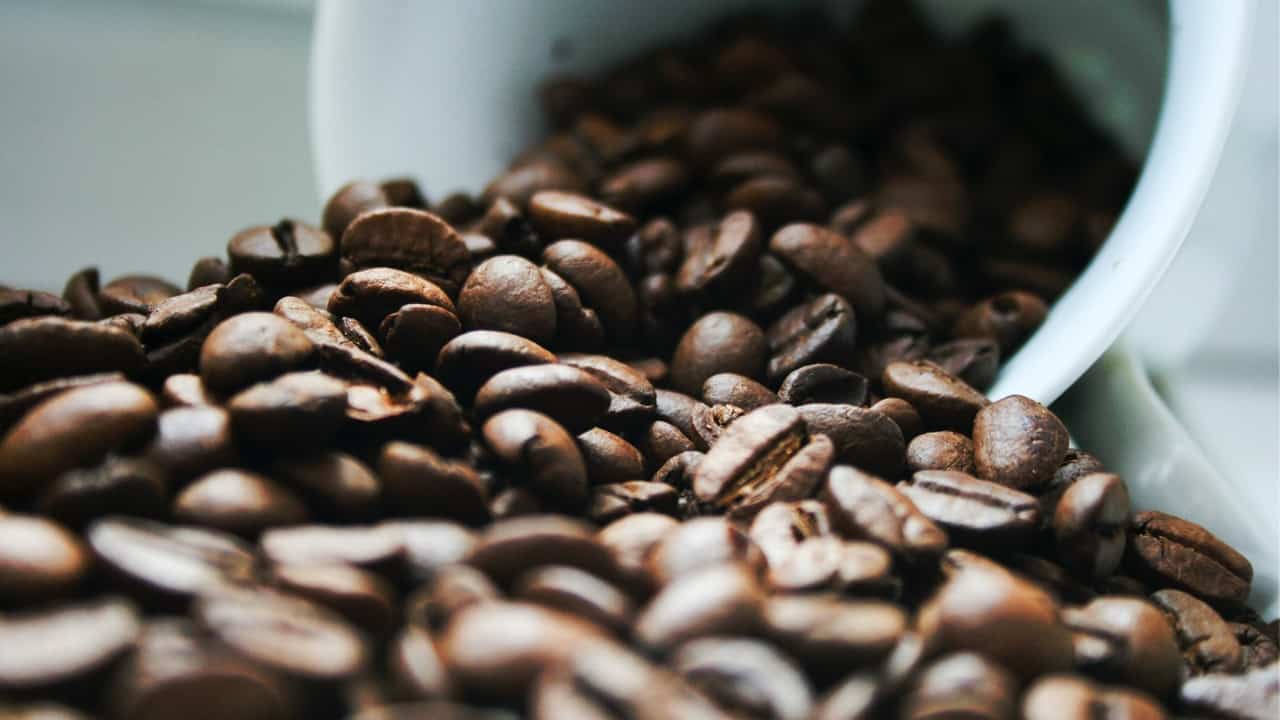If you’re a coffee enthusiast, you’ve likely come across various coffee terms in your search for the perfect cup of joe. One such term that might intrigue you is “café con leche.” In simple terms, café con leche refers to a popular coffee beverage that combines equal parts of strong brewed coffee and hot milk. This article will delve into the meaning and variations of café con leche, exploring its origins and how it differs from similar beverages.
Explaining Café con Leche
Café con leche, which translates to “coffee with milk,” is a beverage originating from Spain and other Spanish-speaking countries. It is a delightful combination of rich coffee and creamy milk, carefully balanced to create a smooth and flavorsome drink. The coffee used in café con leche is typically brewed using a strong, dark roast to ensure a bold flavor that complements the milk.
Café con leche is known for its versatility. It can be enjoyed at any time of the day, either as a standalone beverage or accompanied by breakfast, pastries, or other light meals. The warm and comforting nature of café con leche appeals to coffee lovers worldwide, making it a favorite choice in many coffee shops and cafes.
Exploring the Variations of Café con Leche
There are several variations of café con leche that you may come across, each with its unique characteristics and preparation methods. Let’s dive into five subtopics that shed light on the different aspects of café con leche:
1. Regional Variations
Depending on the country or region, café con leche may have slight variations in preparation and presentation. Here are some examples:
- Spain: In Spain, café con leche is typically made using equal parts of espresso and scalded milk. The milk is poured into the coffee, creating a layered effect.
- Cuba: Cuban café con leche is made by mixing strong brewed coffee with scalded milk. It is often served in a large cup or glass.
- Mexico: Mexican café con leche is similar to Spanish café con leche but often includes a touch of cinnamon or vanilla for added flavor.
2. The Art of Preparation
While café con leche may seem straightforward, there is an art to preparing the perfect cup. Here are some key elements to consider during preparation:
- Coffee: Use a strong and flavorful coffee blend, such as a dark roast or espresso, to achieve the desired intensity.
- Milk: Whole milk or a combination of milk and cream is commonly used. The milk should be heated to a temperature just below boiling point.
- Ratio: Aim for equal parts coffee and milk to achieve a balanced taste, although individual preferences may vary.
3. Café con Leche vs. Latte
At first glance, café con leche may appear similar to a latte due to the combination of coffee and milk. However, there are some distinctions between the two:
| Café con Leche | Latte | |
|---|---|---|
| Coffee to Milk Ratio | Equal parts | 1/3 coffee, 2/3 milk |
| Milk Texture | Smooth and creamy | Microfoam texture |
| Origins | Spain and Spanish-speaking countries | Italy |
4. Café con Leche in Different Cultures
While café con leche has its roots in Spain, similar coffee beverages can be found in various cultures around the world:
- Latin America: Countries like Colombia, Venezuela, and Argentina have their own versions of café con leche, often incorporating local coffee traditions and preferences.
- United States: In the US, café con leche is commonly associated with Cuban and Puerto Rican communities, where it is enjoyed as a nostalgic reminder of cultural heritage.
- Middle East: Some Middle Eastern countries have their own twist on café con leche, infusing it with spices like cardamom or serving it with sweet treats like baklava.
5. DIY Café con Leche Recipes
If you’re keen on recreating the café con leche experience at home, here are a few recipes to get you started:
- Classic Café con Leche: Brew a strong cup of coffee or espresso, then heat equal parts coffee and milk in a saucepan. Once hot, combine and stir well. Sweeten with sugar or your preferred sweetener if desired.
- Flavored Variations: Experiment with adding spices like cinnamon or nutmeg, flavored syrups, or a drizzle of chocolate sauce to elevate the taste of your café con leche.
- Iced Café con Leche: Brew your coffee as usual, let it cool, and then pour it over ice. Add cold milk, stir, and sweeten if desired. Enjoy a refreshing spin on the traditional warm beverage.
In conclusion, café con leche is a delightful coffee beverage that harmoniously combines coffee and milk. Its variations, preparation methods, and cultural significance contribute to its popularity worldwide. Whether you enjoy it in a Spanish cafe or create your own version at home, exploring the nuances of café con leche is sure to enhance your coffee appreciation journey.

